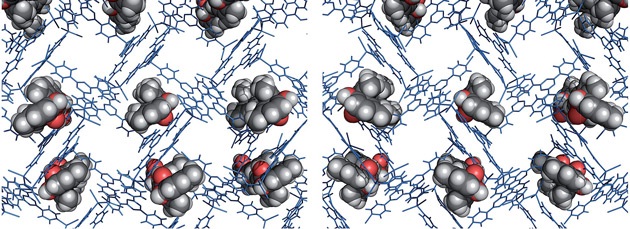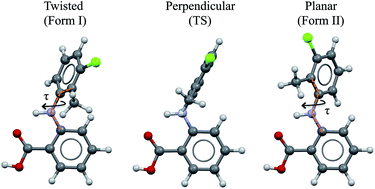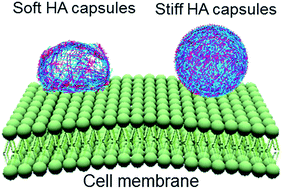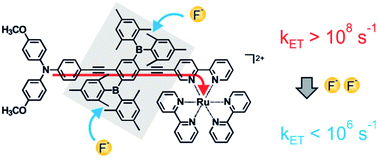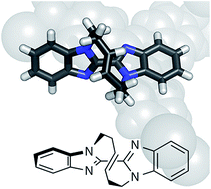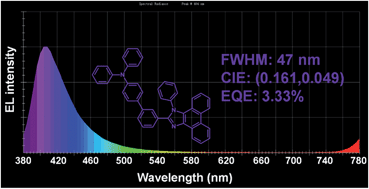Scientists from Germany have reported a breakthrough in borole stability, using bulky fluoromesityl groups, which could help these anti-aromatic molecules realise their potential in optoelectronic devices.
Boroles are heterocycles with a 4π-electron BC4 ring and subsequent electron-accepting abilities. This makes them great candidates for electron-transporting and accepting materials in organic light-emitting diodes and photovoltaics. Read the full article in Chemistry World»

Read the original journal article in Chemical Science – it’s open access:
Taming the beast: fluoromesityl groups induce a dramatic stability enhancement in boroles
Zuolun Zhang, Robert M. Edkins, Martin Haehnel, Marius Wehner, Antonius Eichhorn, Lisa Mailänder, Michael Meier, Johannes Brand, Franziska Brede, Klaus Müller-Buschbaum, Holger Braunschweig and Todd B. Marder
Chem. Sci., 2015, Advance Article, DOI: 10.1039/C5SC02205C, Edge Article












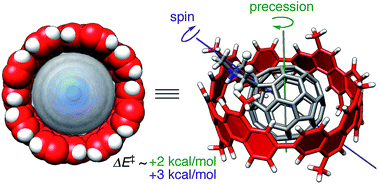
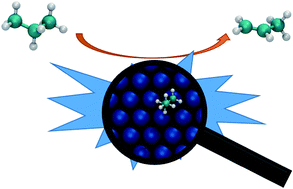
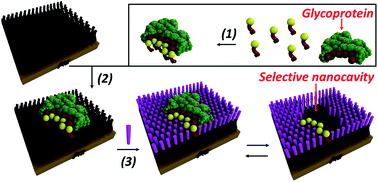
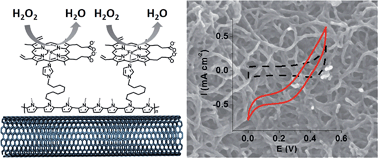
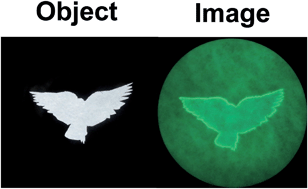
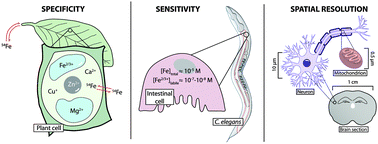



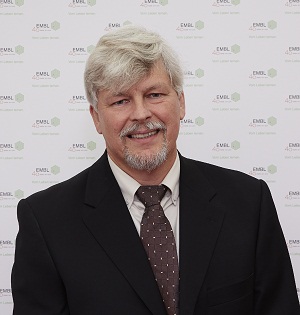 Biography
Biography Ionic liquid conductivity decreases at low temperature. To overcome this, a team of researchers from across Japan have
Ionic liquid conductivity decreases at low temperature. To overcome this, a team of researchers from across Japan have 